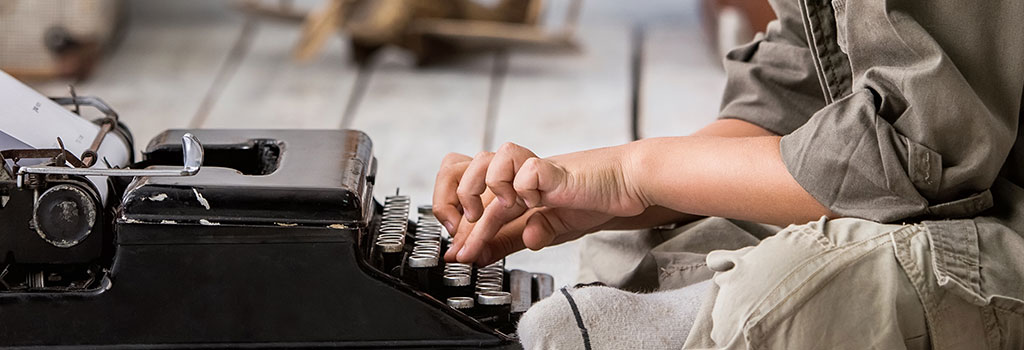Self-building a new home or extension can be an exciting and rewarding process. It gives a self-builder the opportunity to create a customised space from start to finish. Self-build homes can be environmentally friendly, often have innovative designs and may cost less than standard housing when you build your own house.
However, construction is one of the most dangerous sectors in the United Kingdom, and it poses a number of risks for self-builders—including serious injuries. Based on your knowledge and skill level in construction work, you need to decide whether you are going to selfbuild as a do-it-yourself project or hire workers, contractors and subcontractors to help. In addition, you may need to follow certain health and safety regulations—factors such as directly employing workers, managing the project yourself and intending to sell the property at completion will determine whether the regulations will apply to you.
What are the Health and Safety Laws?
Two of the most important health and safety laws for construction are the Health and Safety at Work etc Act 1974 and the Construction (Design and Management) Regulations 2007 (CDM Regulations).
The Health and Safety at Work etc Act 1974
This Act lays out general workplace health and safety principles for employers, employees and the self-employed. It places a duty on employers to assess and reduce the severity of risks in the workplace as much as is reasonable and practical. Employers must abide by all relevant health and safety regulations, including the following:
- The Management of Health and Safety at Work Regulations 1999
- The Work at Height Regulations 2005
- Reporting of Injuries, Diseases and Dangerous Occurrences Regulations 1995
- The Health and Safety (First Aid) Regulations 1981
Whether health and safety legislation apply when you build your own house or not, it is important to make sure you eliminate or reduce health and safety risks on your site
The Health and Safety at Work etc Act 1974 will apply to self builders who directly employ workers. As employers, self-builders must ensure the health and safety of their employees. The Act will also apply to self builders who are considered to be self-employed—this could be the case if the self-builder intends to sell the property once it is complete.
The CDM Regulations
The CDM Regulations place duties on everyone involved in the construction process to properly plan, design and carry out the project, including specific duties for clients, contractors and designers. Duties include appointing coordinators, preparing health and safety plans and notifying the HSE for certain types of builds. However, client duties under the CDM Regulations do not apply to domestic clients, or clients who have work done to their home that does not relate to a trade or business. Even if client duties do not apply, Part 4 of the CDM Regulations applies to anyone who controls the way in which any construction work is carried out. This means self-builders must ensure that the work areas and methods they have asserted control over are reasonably safe.
Most self-builders will fall into the domestic client category, so client duties from the CDM Regulations will likely not apply. But if you assert control over an aspect of the project, such as insisting on a certain means of access or deciding how a job will be done, then you will have duties under Part 4 of the CDM Regulations, regardless of whether you are a domestic client or not. Contractors, designers and other workers hired by the self-builder (client) will still have duties under the CDM Regulations for both domestic and commercial projects.
Common Self-Build Methods
The following are examples of common selfbuild methods and how health and safety laws may apply. If you are unsure about whether health and safety laws apply to your specific situation, consult with the HSE.
- Principal contractors. If you hire or appoint a principle contractor to oversee, manage and complete all of the work, then you probably will not have any duties under the Health and Safety at Work etc Act 1974. However, you may have duties under Part 4 the CDM Regulations if you assert control over any aspect of the construction work. Regardless of whether you have duties or not, you should ask your contractors about their health and safety procedures and safety records.
Self-managed projects. If as a self-builder you manage the overall project and supplement do-it-yourself labour by hiring contractors, subcontractors or workers to complete specific tasks, Part 4 of the CDM Regulations will likely apply because you are exercising control and managing the construction work. Under the regulations, you have a duty to make sure that the work under your control is being carried out safely.

